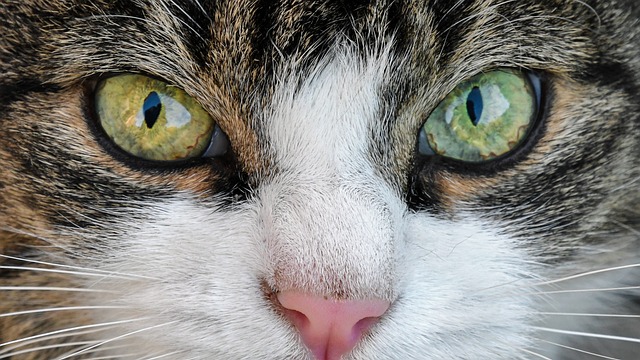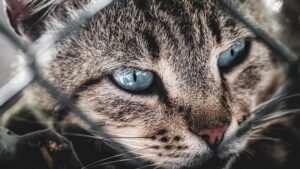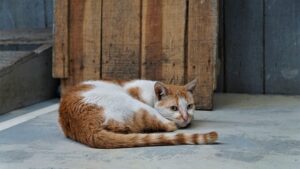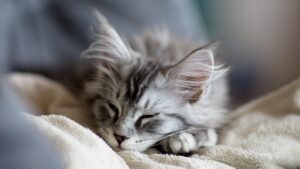Why Is My Cat’s Nose Wet? Normal or a Problem? (Vet Verified)
Even though we are focusing on cats at the moment, let’s address the elephant in the room: Why is my cat’s nose wet? It’s perfectly normal for your cat to have a wet nose. In fact, it’s ok if it’s wet pretty much all the time. It’s usually a sign of a healthy cat, if anything. However, if there is a discharge from the nose that you haven’t noticed before, and its color and texture have changed dramatically, it could signal an underlying health issue. Let’s take a deep dive into the reasons and when to worry.
Key Takeaways:
- A wet nose is typical and supports your cat’s sense of smell and hydration.
- Moisture naturally fluctuates throughout the day.
- Persistent runniness or discharge can signal underlying issues.
- Watch for other symptoms like sneezing, breathing changes, or lethargy.
- Maven helps track respiratory rate and activity for early detection of health concerns.
Why Is My Cat’s Nose Wet?
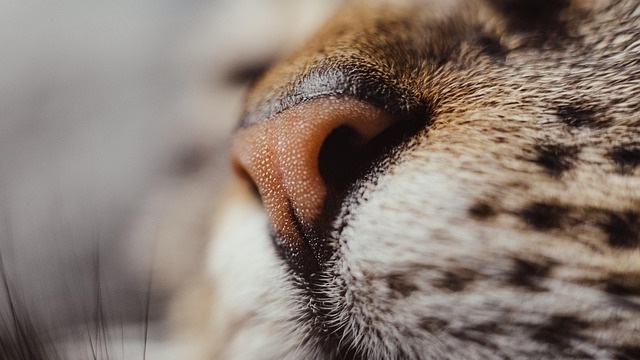
A cat’s nose is usually wet because that moisture helps them stay cool, enhance their sense of smell, and regulate hydration. In most cases, that damp, chilly touch is a perfectly normal sign of a healthy feline, so don’t get freaked out if you feel it when they bump you early in the morning. It’s just what they do.
Cats rely heavily on their noses to find their way around the world. That light moisture works like a scent magnet, allowing scent particles to stick more effectively and sharpen their sense of smell. Just remember that, once they are born, cats are blind, so it’s their nose that functions as their initial medium to the environment.
Their nasal glands also produce a bit of clear fluid, and they may lick their noses throughout the day to keep them clean, both of which add to that wet feeling.
Environmental factors play a role, too. On warm days or after a play session, your cat’s nose may feel cooler and damper. On chilly mornings, it can feel a little drier. These fluctuations are entirely normal and don’t mean anything’s wrong.
Why Is My Cat’s Nose Always Wet?
If your cat’s nose is always wet, it usually means their nasal glands are working precisely as they should. The dampness helps them breathe and pick up on scents with greater accuracy. In most healthy cats, this is completely normal and nothing to worry about.
Another reason your cat’s nose may feel consistently damp is simple thermoregulation. Just as dogs use panting to cool off, cats may rely on evaporative moisture from their noses to regulate temperature in subtle ways.
“Every time Umi is hospitalized, it’s for like four days and it costs over $5,000… Maven has helped me not only save money but also save his life”
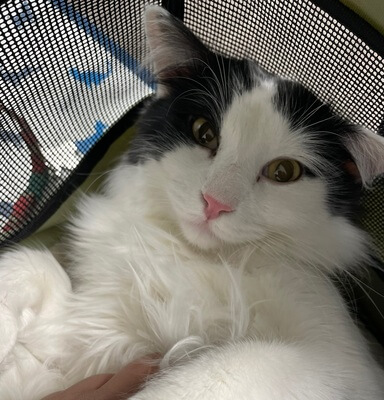
★★★★★
Jessica Ortiz
Umi
What’s Considered Normal Moisture for a Cat’s Nose?
Vets assess moisture by feel, not metrics. A normal cat’s nose is typically cool and lightly damp, with natural fluctuations throughout the day depending on activity, temperature, and grooming habits.
Most veterinarians agree that a healthy nose should feel:
- Lightly moist: not dripping or crusted
- Cool to the touch, similar to the back of your hand
- Evenly damp across the tip and nostrils
- Variable: slightly drier after naps, wetter after drinking or grooming
What matters most is context, not texture alone. A wet or dry nose isn’t a reliable health indicator by itself. If your cat’s nose feels different but they’re eating, breathing, and acting normally, it’s usually nothing to worry about. But if changes in moisture come with sneezing, discharge, or breathing issues, that’s a sign to call your vet.
It’s difficult to be sure about these things, which is why more and more pet parents are turning to pet health trackers for help. This way, even when you are not around, the tracker can keep tabs on your cat and give the information you need.
When a Wet Nose Could Signal a Problem

A wet nose becomes a concern when the moisture turns into discharge, or when it’s paired with other symptoms such as sneezing, labored breathing, or changes in behavior.
Common warning signs to watch for include:
- Runny nose or thick discharge (clear, yellow, green, or bloody)
- Sneezing fits or noisy breathing
- Loss of appetite or lethargy
- Pawing at the face or signs of discomfort
- Changes in moisture consistency
Underlying causes can range from allergies and irritants to infections like feline herpesvirus, dental disease, foreign bodies, or even nasal tumors in rare cases. If any of these signs accompany your cat’s wet nose, a veterinary check-up is essential.
When to See a Vet
“A slightly wet nose is completely normal for cats. But if it’s excessively runny, crusty, or paired with sneezing or lethargy, it’s time for a vet check.” — Carolina Domingues, DVM, Veterinarian at Maven Pet
When that wet nose turns runny, sticky, or crusted, or comes with other symptoms like sneezing, labored breathing, lethargy, or loss of appetite, it’s time to get professional help. Constant nasal discharge can indicate anything from allergies and infections to more complex respiratory issues. Getting your cat examined early can make treatment faster, easier, and far less stressful for both of you.
How the Maven Pet Health Monitor Helps Track Health Changes
Cats are experts at masking illness and discomfort, which means signs like a persistently wet nose, mild lethargy, or breathing changes can go unnoticed until the problem becomes more serious. Maven’s pet health app bridges that gap by continuously monitoring your cat’s vital signs and behaviours.
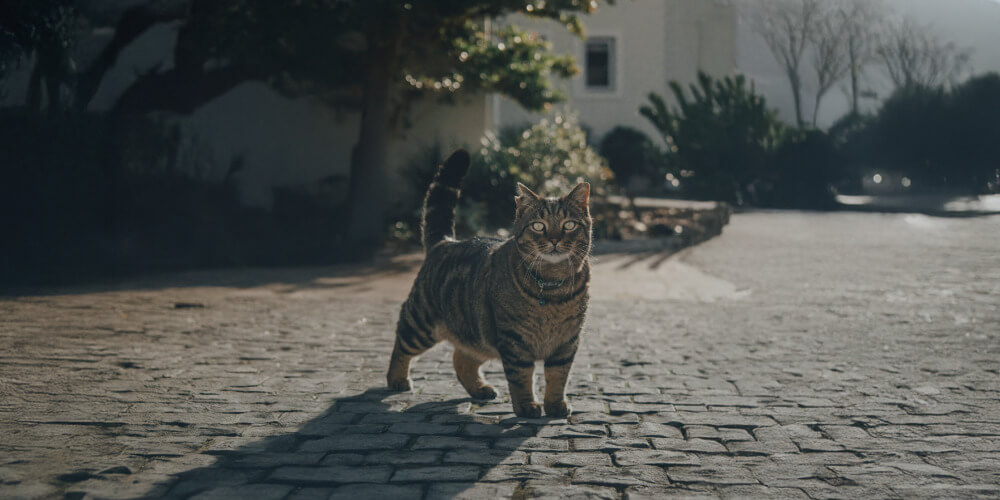
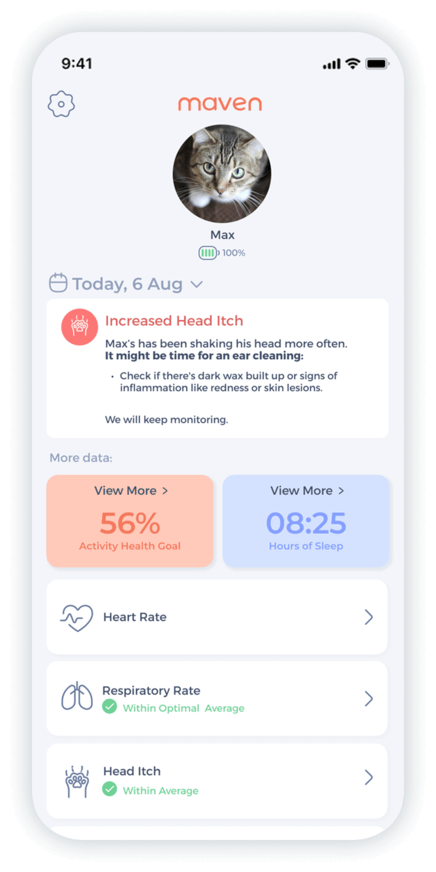
Monitor heart rate, respiratory rate, activity & rest, itch behavior.
Since a persistently wet or runny nose may be linked to respiratory issues, Maven’s resting respiratory rate tracking feature of our cat health tracker is especially valuable. Also, suppose your cat’s nose goes from its usual light dampness to runny or sticky, and Maven simultaneously shows an elevated respiratory rate or decreased activity. In that case, that’s a sign to take action sooner rather than later.
Conclusion
A wet nose in a cat is a normal sign, but only if the context is right. Natural moisture helps regulate temperature and boosts scent detection, but when it shifts to runny, sticky, or crusted, it is your cue to pay attention to the developing situation. Combining those observations with innovative tools like the Maven Pet Health Monitor can help catch problems before they escalate and keep your cat thriving.
Maven Pet focuses on improving the quality of life of our pets with technology, using artificial intelligence (AI) to enable proactive pet care. By accurately collecting and monitoring pet data 24/7 and flagging any irregularities, Maven Pet empowers pet parents and veterinarians to stay ahead of potential health issues, ensuring the well-being and longevity of our beloved companions.

